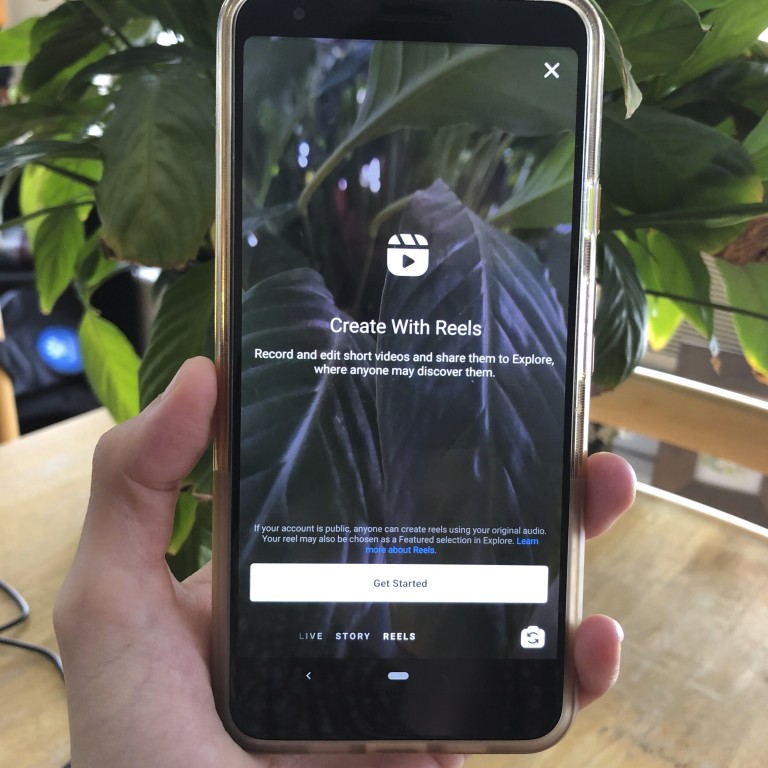Opinion / Will Instagram’s Reels kill TikTok? And will Mark Zuckerberg’s copycat function be integrated into Facebook and WhatsApp next, just like IG Stories?

The new function, which allows users to make and discover short fun music videos on Instagram comes as the future of TikTok looks uncertain – the Gen Z-beloved platform that has made millionaires out of teens like Addison Rae and Charli D'Amelio
This is part of STYLE’s Inside Luxury column.
Facebook founder Mark Zuckerberg’s reaction was smart: at a time when the controversy about TikTok is at its peak and users are desperately searching for alternatives, he simply copied the short video idea of the platform and integrated a new functionality called Reels into his Instagram app. It is a similar move to copying Snapchat with Instagram Stories a few years ago. Copy with pride, as the saying goes.
The New York Times tested Reels with two journalists. One was a female digital native and TikTok expert, the other journalist had less expertise and tried to make sense of the clone. Their conclusion: “The verdict? For her, it was: Not good. For me, it was: Confused.” For a new app, that sounds catastrophic and may be a result of hastily knocking off the idea and then integrating it into Instagram. In this aspect, it follows the logic of many Silicon Valley start-ups: launch fast, learn and adapt. According to the journalists, the app’s shortcomings were the integration into Instagram, the curation (or lack thereof) of the video and limited creative editing functionality.
As flawed as Reels may seem, it would be foolish to write it off. When Instagram launched Stories, there was a widespread uproar among Snapchat die-hards. Stories seemed to be a niche product with little functionality. Now it has become one of Instagram’s most popular and influential functionalities, and for brands it is a must to create stories as part of their Instagram strategy.
Stories also became a major monetising factor offering vast opportunities for brands to advertise. To attract new customers and create strong engagement, Stories are more important than the main feed for many brands. I am sure that Instagram will improve Reels over time and make it a major part of Instagram.
This is where Reels could become the game-changer for luxury brands. Video content is always more engaging and emotional than a still image. And luxury brands are all about emotion. While many luxury brands have been absent from TikTok, others have been early adopters. Not surprisingly, Gucci and Dior are leading, with some of their short videos surpassing several million views. Most other luxury brands have been more hesitant, avoiding a platform that, while popular among young millennials and Gen Zers, does not seem intuitive for the Facebook generation.